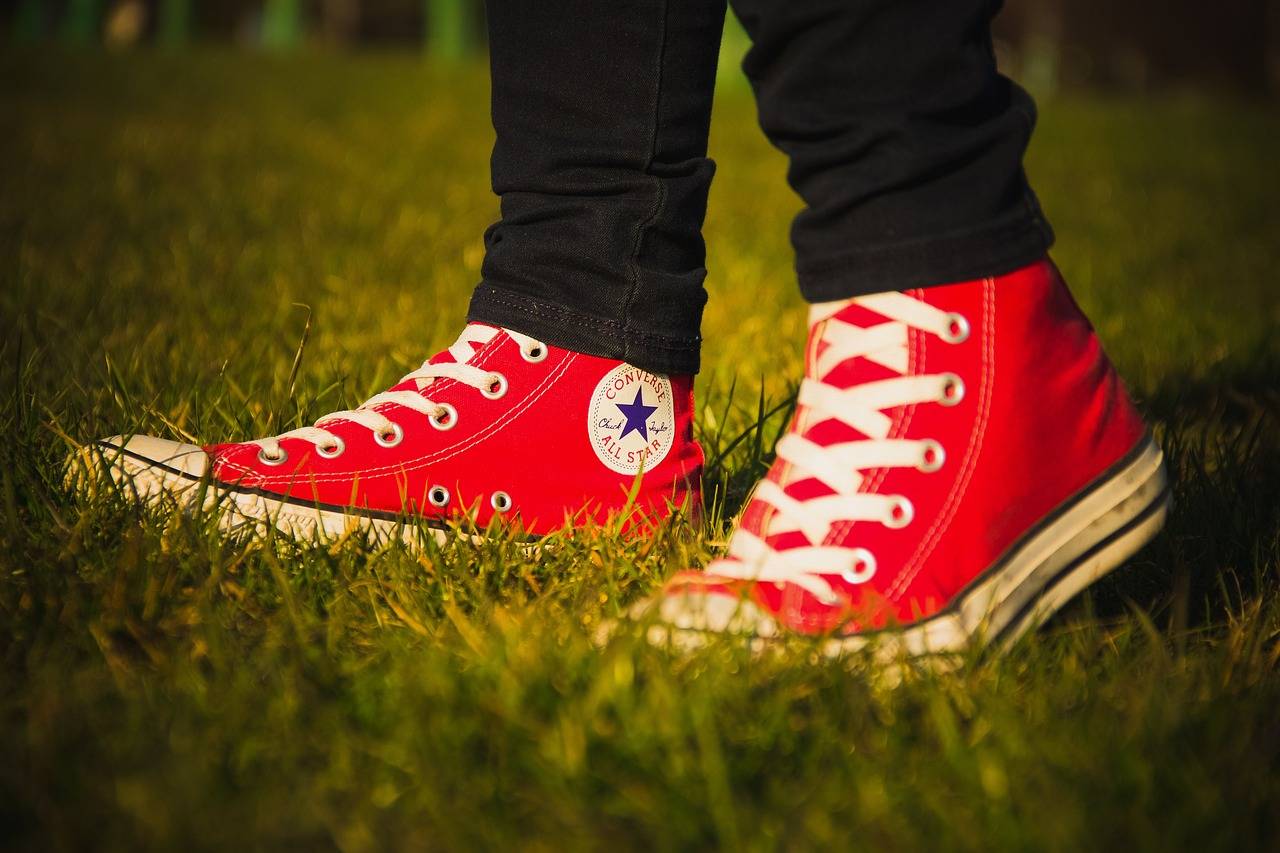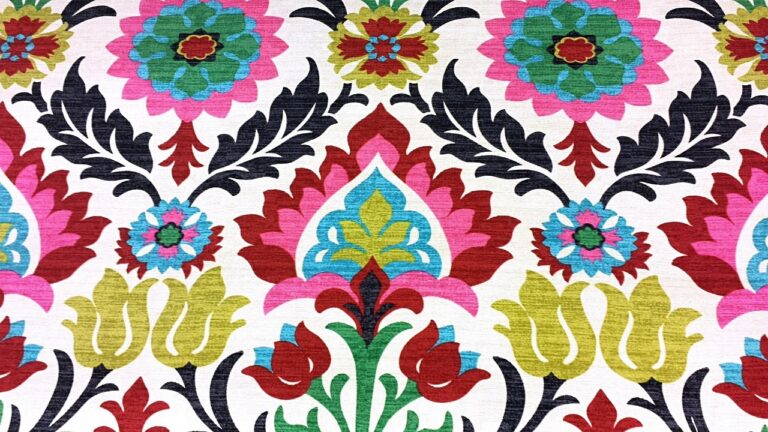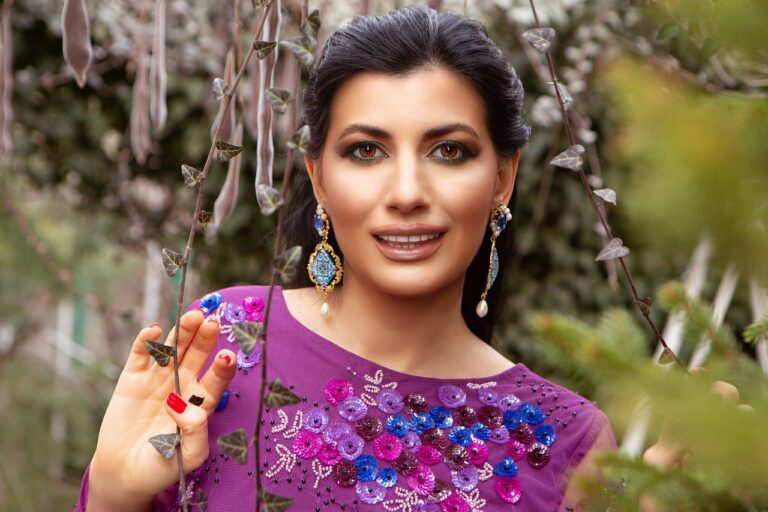Fashion and Cultural Evolution: Modern Interpretations of Heritage Dress
Peering into the past reveals a treasure trove of stories woven into the fabric of heritage dress. Each garment carries a narrative that speaks volumes about the culture, traditions, and craftsmanship of a bygone era. From elaborate embroidery to intricate weaving techniques, these pieces reflect the skill and artistry of generations past.
Through the centuries, heritage dress has served as a visual representation of societal norms and values, evolving alongside changes in politics, religion, and technology. Whether donned for ceremonial occasions or everyday wear, these garments have played a crucial role in shaping and preserving the cultural identity of communities around the world. Traveling through time, heritage dress continues to be a symbol of pride, connecting individuals to their roots and celebrating the rich tapestry of human history.
The Influence of Globalization on Traditional Clothing
Globalization has played a pivotal role in reshaping the landscape of traditional clothing across various cultures. As societies become more interconnected through trade and communication, the exchange of ideas and styles has become more prevalent. This has led to a fusion of traditional clothing with modern influences, creating a new wave of diverse and hybrid styles that reflect the blending of different cultures.
One of the most noticeable impacts of globalization on traditional clothing is the commodification of cultural attire. As traditional garments become popularized and commercialized on a global scale, there is a risk of diluting the authenticity and significance of these clothing pieces. This phenomenon raises questions about cultural appropriation and the ethical implications of profiting from the heritage of marginalized communities.





